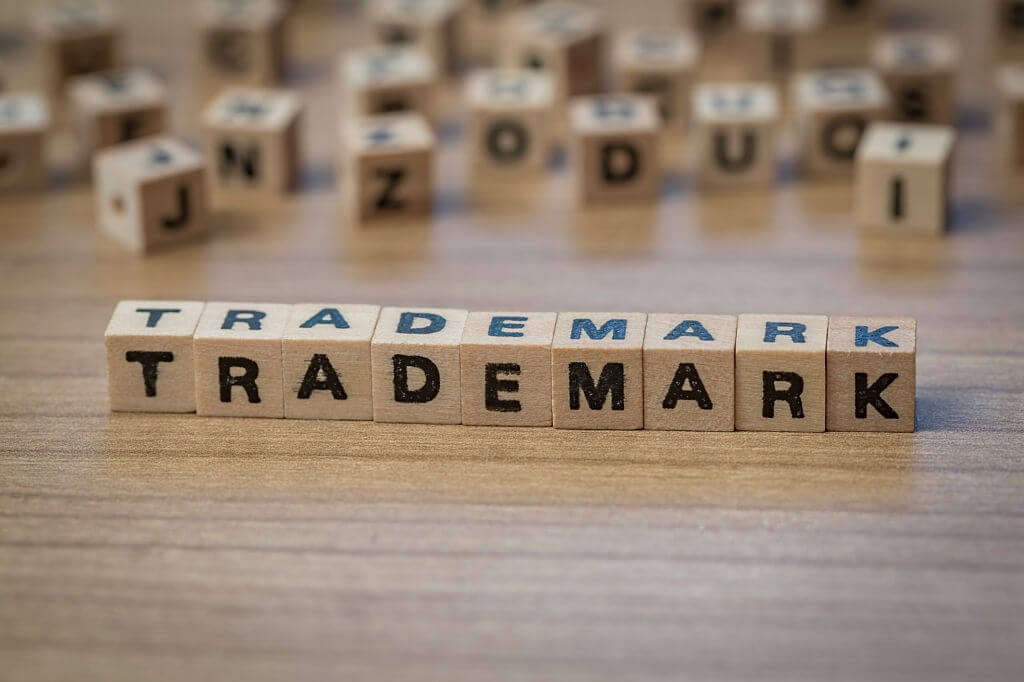The Nigerian Trademarks Act defines a trademark as “a mark used or proposed to be used in relation to goods for the purpose of indicating, or so as to indicate, a connection in the course of trade between the goods, and some person having the right either as proprietor or as registered user to use the mark, whether with or without any indication of the identity of that person.”
Put in simpler words, a trademark is a mark that shows the trade of the maker by distinguishing goods or services and making it easy to identify from where or whom particular goods or services have originated. A trademark is especially valuable because it is a rare kind of property that can last infinitely (as long as it is renewed and used in commerce).
Functions of Trademarks
Trademarks perform various functions. Apart from its ability to distinguish products and influence consumers’ purchasing decision, a trademark also encourages vibrant market competition, which has an overall healthy effect on the global economy. But perhaps the most influential function of a trademark is that it helps maintain market integrity by preserving and enhancing the quality of signal information available to market participants. A trademark does this by performing what has been described as the linguistic and trust functions.
According to William Landes and Richard Posner — both of who developed the search cost theory in 1987 — trademark performs the linguistic function “by allowing both sellers and buyers to economize on a trademark’s ability to encapsulate complex information and communicative value in condensed terms”. By making it easy for consumers to identify particular products in the market, a trademark makes decision-making easier and quicker for consumers.
On the flip side, a trademark performs the trust function by providing trademark owners with the incentive to maintain the qualities (both tangible and intangible), values, and attributes that trademark owners infuse into their products, which in turn assures consumers that certain goods bearing particular trademarks carry known, guaranteed qualities, values, and attributes.
Both of these functions ultimately reduce — or even completely eliminate, in certain cases — search costs, by allowing consumers to rely on trademarks as mental shortcuts when making purchasing decisions.
Standard Character Mark v Stylised Mark: Understanding the Distinction
When registering a trademark, one of the most vital decisions that trademark owners must make is choosing whether to register the trademark as a standard character mark or as a stylised mark. Understanding the difference between these types of trademark is crucial. An incorrect choice can have serious unintended consequences in the short- and long-run.
On the one hand, a standard character mark — also known as a word mark — registers words, letters, numbers or any combination thereof in a standard character format, without specific hold to any particular font, style, size, colour or design element. In terms of utility, the standard character mark offers the broadest protection — thus, once a word mark is registered, it does not matter if the owner prints the word or phrase in tall thin blue letters or short bubbly pink letters.
Also, it does not matter whether the letters are written or drawn in uppercase or lowercase formats. And it doesn’t matter if the owner adds a logo or leaves the words plain. For example, a word mark on “BLUE IVY” would protect the phrase “BLUE IVY” in any font, size, or colour. It would cover the phrase even when abbreviated as “BI” or when combined with graphics or in logos.
Here is an example of a standard character mark:

On the other hand, a stylised mark — also known as a design mark — is used to register words and/or letters having a specific appearance. A stylised mark is usually a logo, with or without words. The Nike tick is an example of a design without words. The same tick with “Nike Air” next to it is a design mark with both words and images. The words “Nike Air” in a particular colour and font would also be a stylised mark. A distinctive feature to note is that a stylised mark always incorporates some type of image.
Here is an example of a stylised mark:

Using the Word or Design Element in a Stylised Mark Differently or Separately
One issue with registering a stylised mark with any word(s) is that the mark cannot be used differently or separately — the placement of the words in the design matters. “[A]ltering any element or part of a [stylised] mark could make the mark impossible to renew, because renewal requires continues use of the design as it was registered.”
Given the above background, one is almost immediately prompted to ask: why register a stylised mark when a standard mark offers flexibility of use and much greater protection?
Well, it turns out that, sometimes, the design element in a trademark application may be of particular importance to the trademark owner. Also, sometimes a trademark application contains no words — in those instances, the trademark owner is compelled to resort to a stylised form registration. Furthermore, where a trademark application contains words that are weak or ineligible for protection — because they are generic or descriptive, and have not acquired a secondary or marketplace distinctiveness — such words may be registered in a stylised form or, simply, as logo. Finally, stylised marks are — from an aesthetic and business perspective — a “great way to differentiate [one’s] brand. An eye-catching design can be more effective than using just the words, because people are so visual. They see the design and they automatically know who the company is. And that is the goal of a trademark.”
Conclusion
From the above, it is clear why trademark owners should carefully consider their options before going further to register their marks.
Where practicable, it is usually advised that both the standard character mark and the stylised mark should be registered in separate applications. This affords comprehensive protection and allows the trademark owner to use or display the words and logo in their trademark differently and separately, in any form, orientation, or arrangement, without offending the ‘material alteration rule’ and without needing to refile the various displays or placements as new trademarks.




